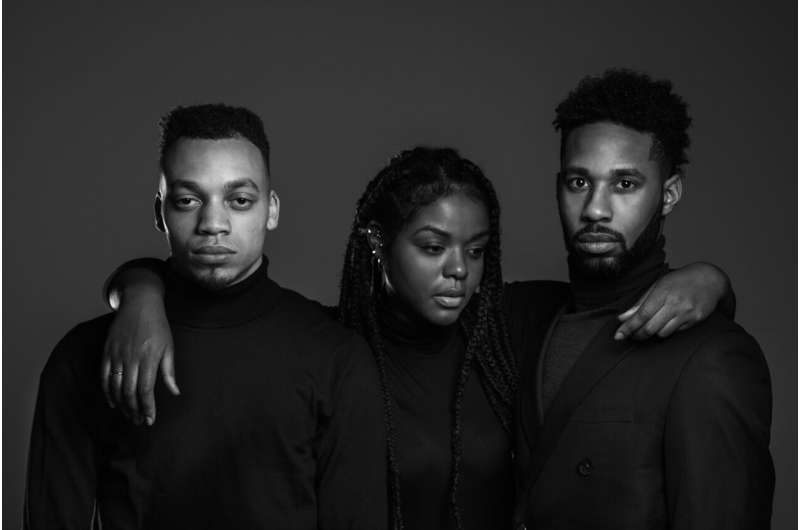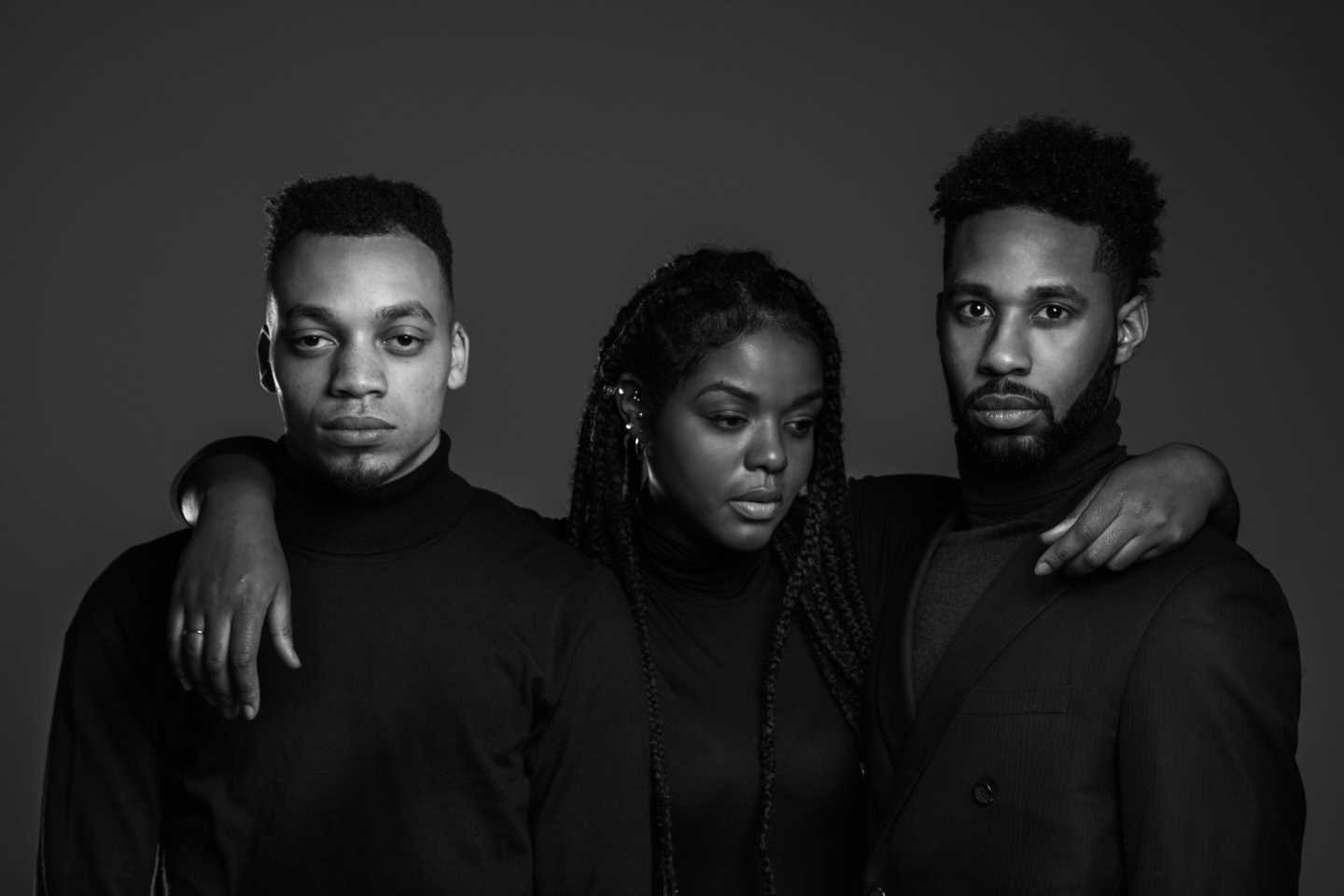
A new study from Oregon State University has found that psychophysiology studies show a significant lack of diversity among their participants, making their results less applicable across different communities and cultures.
Psychophysiology is the study of the intersection between psychological and physiological processes, such as the increase in heart rate or brain activity people experience when feeling heightened emotions.
In reviewing existing scientific literature, the OSU study found that in less than half of the relatively small segment of psychophysiology studies that even included demographic data, no more than 14% of participants identified as Black, and even fewer identified as Hispanic, Asian, Indigenous or another race.
“Something we’re still trying to grapple with in psychological science broadly is that there are so few scholars of color that are taken seriously, that this knowledge doesn’t even get out,” said Iván Carbajal, co-author on the study and an assistant professor of psychology in OSU’s College of Liberal Arts. “It’s only now that we see the increase in scholars doing this work, saying, ‘All this work that’s been done before is very exclusionary.'”
Many methods for collecting physiological data use electrodes placed directly on the skin: EEGs (electroencephalogram) measure electrical activity in the brain and require contact with the scalp; electrodermal activity (EDA) sensors measure changes in conductivity produced in the skin by monitoring sweat glands.
But these technologies were developed to work best with physical attributes most commonly associated with white people, like light-colored skin and thin straight hair, researchers say. EEGs are not as effective on people with thick, tightly coiled hair types, and EDA is not as responsive on Black skin.
“These studies don’t include Black participants because the researchers don’t know what to do with their hair,” Carbajal said.
Because of the instruments’ difficulty measuring physiological effects, Black participants are more likely than white participants to have their results discarded from scientific studies, the OSU authors wrote.
“A lot of the things that are being studied with these measures are assumed to be ‘race-neutral’ and that’s a big assumption,” said Daniel Bradford, lead author on the paper and an assistant professor of psychology at OSU.
When EEG and EDA data from non-white participants is included, the technical limitations in equipment may result in skewed interpretations of those participants’ physical reactions and perpetuate myths about biological differences between racial groups, the authors wrote.
The OSU study looked at 1,489 articles from three major psychophysiology journals across three time periods between 1997 and 2020. Researchers found that only 282 articles overall (roughly 19%) included demographic data on their participants, though reporting improved over time.
Among the studies with demographic data, the highest median reported percentage of Black participants was 13.6%. Across all three journals and three time periods, white people made up at least 61% of participants and usually closer to 71% or more. Hispanic, Asian and Indigenous participants accounted for no more than a median of 4.2% each.
“For me, the study in itself was very validating, just as a scientist of color and somebody who does this type of work,” Carbajal said. “I always suspected this was the case, but through my own training, people would say ‘You focus too much on race and culture.’ To finally get a group of people to say, ‘No, this is happening, and we have evidence for it,’ it was validating.”
The authors note that the true percentage of Black participants is likely even smaller than they found, as the studies reporting demographic data likely had a greater proportion of non-white participants than the studies that didn’t release any demographic data at all.
To remedy the disparity in study participation, the authors pointed to ongoing development of EEG equipment specifically for people with Black hair types but said the most critical step is for researchers to build connections with Black and other non-white communities so they can learn what factors are keeping scientific studies inaccessible to non-white participants.
That might include focus groups and direct outreach to Black women and Black hairstylists, specifically, to find less disruptive and more cost- and time-effective ways to deploy EEGs, they said.
“It’s going to be a collective effort of putting the time and resources aside to connect with community members and elevating their voices,” said Angelica DeFalco, co-author and a lab manager at OSU.
The research is published in the journal Clinical Psychological Science.
More information:
Daniel E. Bradford et al, Whose Signals Are Being Amplified? Toward a More Equitable Clinical Psychophysiology, Clinical Psychological Science (2022). DOI: 10.1177/21677026221112117
Journal information:
Clinical Psychological Science
Source: Read Full Article
